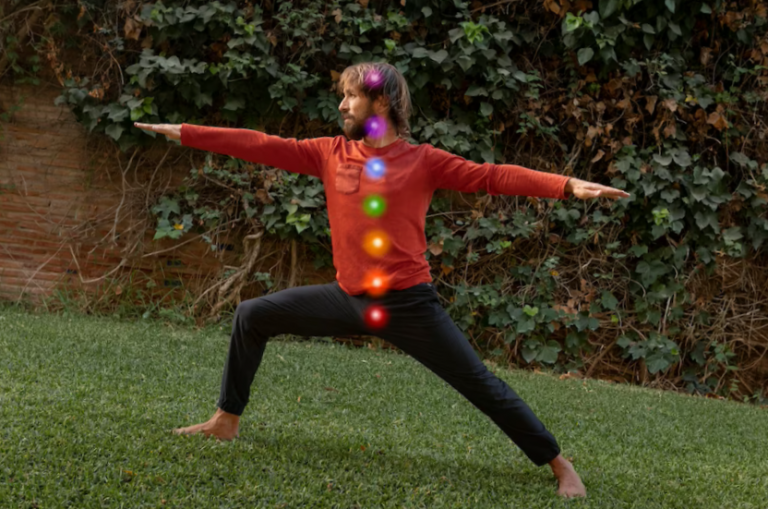The go-to beauty treatment for fine lines, wrinkles and acne scarring The quest for younger looking skin is never-ending. We’ll try it all – invest in all the anti-ageing products the world has to offer, try and drink three litres of water a day (why is so easy to drink wine, but bloody tricky to drink the recommended amount of water?!) and even take the best skin supplements if we think it’ll get rid of our crow’s feet. What’s everyone doing now? Derma rolling. But what exactly is it?
What We'll Cover
What is derma rolling?
Derma rolling, or microneedling, is a treatment whereby a device that looks a bit like a tiny paint roller is rolled across the skin. This roller is covered in teeny tiny little needles that, when rolled over the face and neck, puncture the skin.
These punctures do two things: 1), trick the skin into regeneration mode, because it thinks it has been injured. And 2), create little channels in your skin’s layers, meaning that products are able to penetrate further to get to where they’re needed, improving their efficacy.
Derma rolling benefits
‘Microneedling is an extremely effective treatment for the reduction in fine lines, wrinkles and pore size, and the collagen stimulation also improves skin texture, as well as improving the appearance of acne scars,’ says Kate Kerr, a celebrated facialist who offers a range of micro-needling treatments in her clinic at the Mondrian London Hotel.
There’s also minimal downtime, making it an extremely attractive alternative to traditional anti-ageing treatments like chemical peels.
At-home derma rolling vs in-clinic derma rolling
You can now buy your own derma rollers or derma stamps (Kerr’s preferred method) to use at home to give yourself a microneedling treatment.
The main difference between at-home and in-clinic in the needle length. ‘Although the mode of treatment for skincare and professional needling techniques is similar, the course of action provides a deeply different result,’ explains Kerr. ‘Microneedling performed in clinic utilises a much longer needle, and although this also creates a micro-channel for effective product penetration, the goal is to initiate trauma.
‘This trauma, deep within the skin, kick starts the wound-healing cascade, leading to stimulation of the fibroblast and enhanced production of hyaluronic acid, collagen and elastin. This is compared to at-home treatments, where the main benefit is to increase product penetration.’ At-home devices tend not to have longer than 1.5mm derma rolling needles, whereas those in clinic can go up to 8mm.
Does derma rolling hurt?
This is completely dependent on the length of the needles on the derma roller. At-home derma roller needles are short so don’t pierce the skin deep enough to hurt.
However, anything over 1.5mm can be painful, so facialists will tend to pop a numbing cream on your face an hour before your treatments. You might also draw blood with the longer needles, but nothing to be frightened off.
The responses below are not provided, commissioned, reviewed, approved, or otherwise endorsed by any financial entity or advertiser. It is not the advertiser’s responsibility to ensure all posts and/or questions are answered.





